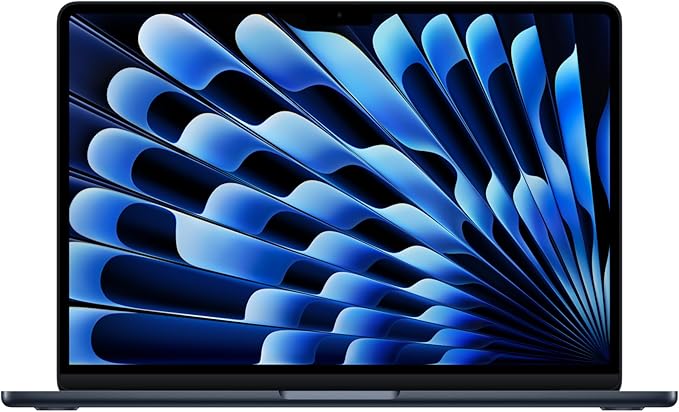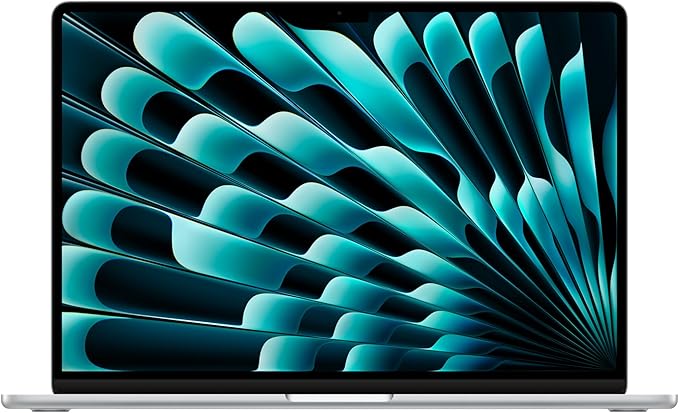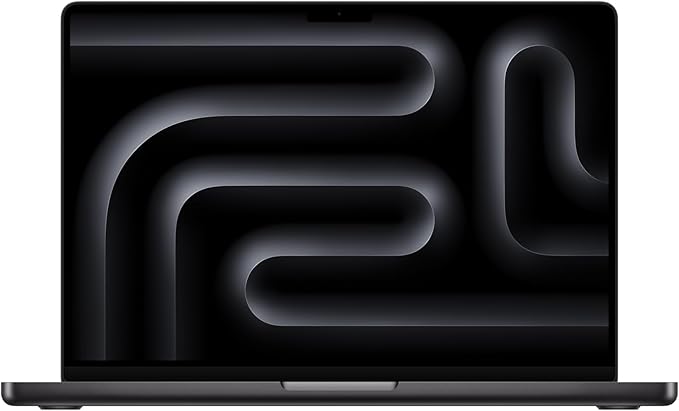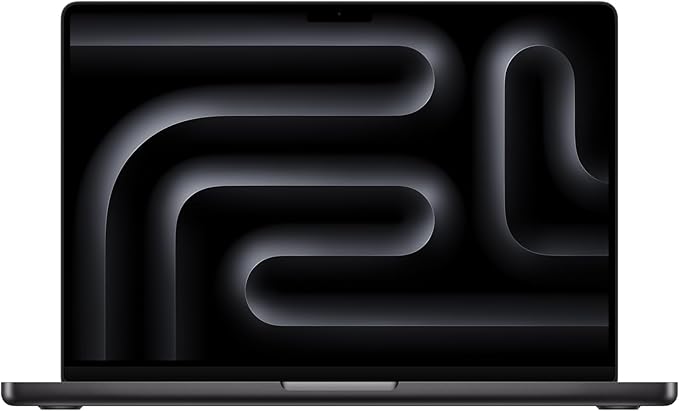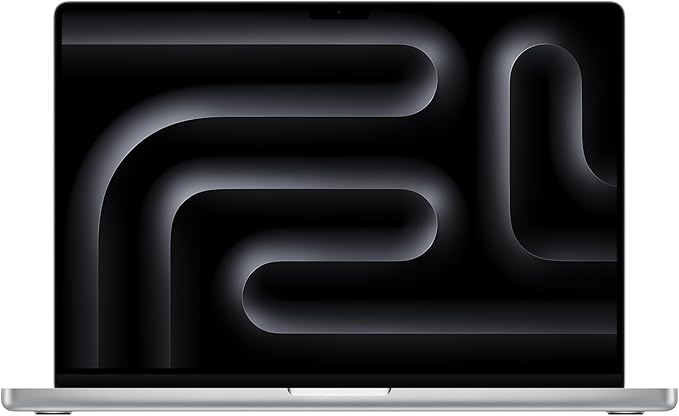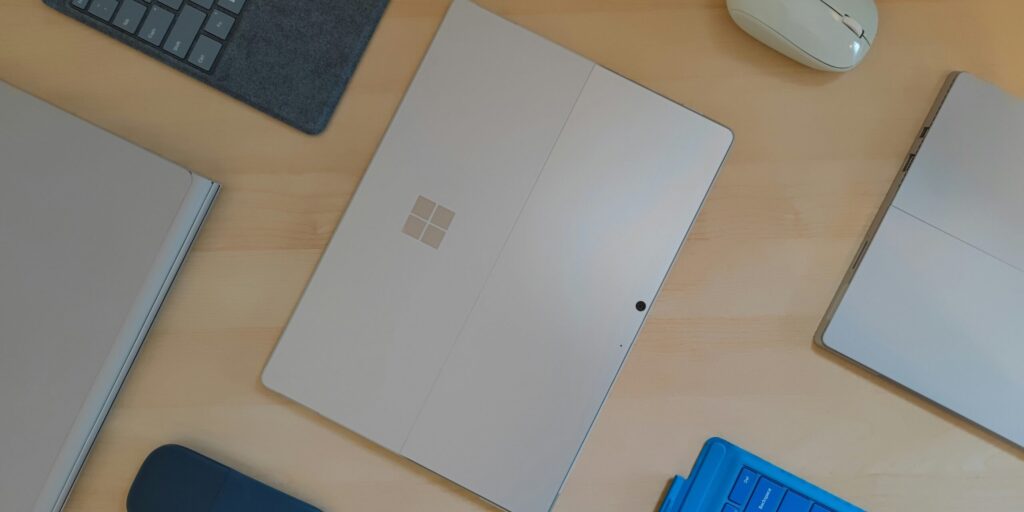We independently review everything we recommend. We may make money from the links on our site.
The Best MacBooks For You

Apple’s MacBook lineup represents the pinnacle of premium laptop design, combining sleek aesthetics with powerful performance and seamless integration with the Apple ecosystem. In recent years, Apple’s transition to their proprietary M-series chips has revolutionized the MacBook experience, delivering unprecedented performance and battery life compared to previous Intel-based models. Whether you’re a creative professional, a student, a business executive, or simply an everyday user seeking a premium computing experience, understanding the nuances between different MacBook models is essential to making the right investment.
This comprehensive guide will walk you through everything you need to know about the current MacBook lineup, including detailed comparisons between models, configuration recommendations for different use cases, and expert insights to help you make an informed decision. We’ll explore not only the technical specifications but also the practical implications of those specifications for real-world usage scenarios.
Everything We Recommend
Ideal for students, academic users, and general home use—perfect for light tasks like studying, browsing, and everyday productivity.
Buying Options
Suited for business professionals and families sharing one device—offering a larger screen and better multitasking capabilities.
Buying Options
Great for students in technical majors such as engineering, computer science, or design who need extra power for specialized software.
Buying Options
Best for photographers, graphic designers, and software developers who need strong performance for creative tools and coding environments.
Buying Options
Tailored for video editors, 3D artists, and enterprise-level developers working with high-resolution media, rendering, or machine learning.
Buying Options
Choosing the Right MacBook: Detailed Recommendations by User Type
Recommended Configuration: 16GB unified memory, 256GB–512GB SSD
Why It’s Ideal: The 13.6-inch MacBook Air with the M4 chip offers an excellent balance of performance, portability, and affordability for typical student workloads. Its lightweight design makes it easy to carry between classes, while the M4 chip provides ample power for research, writing papers, creating presentations, and managing typical student applications. The all-day battery life ensures you can work through a full day of classes without needing to find a power outlet.
Recommended for: Engineering students, computer science majors, design students
Recommended Configuration: 16GB unified memory, 512GB SSD
Why Consider It: Students in technically demanding fields might benefit from the additional performance and better display of the entry-level MacBook Pro, particularly if they’ll be working with specialized software for programming, CAD, 3D modeling, or video production.
Recommended Configuration: 16GB unified memory, 512GB SSD
Why It’s Ideal: Business professionals often benefit from the larger screen real estate of the 15.3-inch Air for spreadsheet work, presentations, and multitasking with multiple documents. The M4 chip provides excellent performance for all business applications, while the thin and light design remains practical for carrying between meetings or during business travel.
Recommended for: Data analysts, financial modelers, business consultants
Recommended Configuration: 24GB unified memory, 1TB SSD
Why Consider It: Business users who regularly work with large datasets, complex financial models, or multiple virtual machines will appreciate the additional computational power and memory bandwidth of the M4 Pro chip.
For Creative Professionals
Recommended Configuration: 24GB unified memory, 1TB SSD
Why It’s Ideal: The ProMotion XDR display offers exceptional color accuracy and brightness levels critical for visual creative work. The M4 Pro provides sufficient performance for working with large Photoshop files and complex Illustrator projects.
Recommended Configuration: 36GB unified memory, 1TB SSD
Why It’s Ideal: Professional video editors and 3D artists require maximum performance for rendering, effects processing, and working with high-resolution media. The M4 Max chip excels at these tasks, while the 16-inch screen provides valuable workspace for complex timelines and 3D viewports. The additional ports also facilitate connecting external drives and displays commonly used in video production environments.
Recommended Configuration: 24GB unified memory, 1TB SSD
Why It’s Ideal: Software development often involves running multiple virtual machines, compilers, and development environments simultaneously. The M4 Pro chip handles these workloads efficiently, while the 14-inch form factor remains portable enough for developers who work in different locations.
Recommended for: Developers working on large codebases, machine learning engineers
Recommended Configuration: 36GB unified memory, 1TB SSD
Why Consider It: Enterprise-scale development projects and machine learning work benefit significantly from the additional CPU cores, GPU performance, and memory capacity of the M4 Max configuration.
Recommended Configuration: 16GB unified memory, 256GB SSD
Why It’s Ideal: For typical home use—including web browsing, email, streaming services, light photo editing, and document work—the base model MacBook Air provides excellent performance in a compact form factor at the most accessible price point in the lineup.
Recommended Configuration: 16GB unified memory, 512GB SSD
Why Consider It: Families sharing a single computer might appreciate the larger screen size and additional storage capacity, making the 15-inch Air a better option for households where multiple users need to store files and work comfortably on the same device.
Key Features to Consider When Purchasing a MacBook
Display Technology
Apple offers two primary display technologies across the MacBook lineup:
Liquid Retina Display (MacBook Air)
- 500 nits of brightness
- P3 wide color gamut
- True Tone technology
Liquid Retina XDR Display (MacBook Pro)
- Mini-LED backlighting technology
- Up to 1,000 nits sustained brightness (1,600 nits peak for HDR)
- ProMotion technology (adaptive refresh rate up to 120Hz)
- P3 wide color gamut
- True Tone technology
The XDR displays in the Pro models offer substantially better contrast ratios and brightness levels, making them particularly valuable for users who work with HDR content or require precise color reproduction. According to our display testing , the XDR displays achieve some of the highest quality metrics of any laptop display currently available.
Port Selection and Connectivity
MacBook Air
- Two Thunderbolt/USB 4 ports
- MagSafe charging port
- 3.5mm headphone jack
MacBook Pro
- Three Thunderbolt 4 ports
- HDMI port
- SDXC card slot
- MagSafe charging port
- 3.5mm headphone jack
The additional ports on the MacBook Pro models eliminate the need for dongles or adapters for many users, particularly photographers (SD card slot) and those who regularly connect to external displays or projectors (HDMI).
Battery Life and Charging
Apple Silicon has dramatically improved MacBook battery life across all models:
- MacBook Air: Up to 18 hours of video playback
- MacBook Pro 14-inch: Up to 22 hours of video playback
- MacBook Pro 16-inch: Up to 22 hours of video playback
All current models support fast charging with the appropriate power adapter, allowing you to charge up to 50% battery in approximately 30 minutes.
Keyboard and Trackpad
All current MacBooks feature:
- Magic Keyboard with scissor mechanism
- Force Touch trackpad
- Touch ID for secure authentication and Apple Pay
The notorious butterfly keyboard issues that plagued MacBooks from 2015-2019 have been fully resolved with the return to a more reliable scissor-switch mechanism in all current models.
Audio System
MacBook Air 13-inch
- Four-speaker sound system
- Three-microphone array
MacBook Air 15-inch
- Six-speaker sound system with force-cancelling woofers
- Three-microphone array
MacBook Pro
- Six-speaker sound system with force-cancelling woofers
- Studio-quality three-microphone array with high signal-to-noise ratio
The audio systems in current MacBooks are significantly improved over previous generations, with particular emphasis on bass response and spatial audio support for immersive media consumption.
Configuration Decisions: Memory, Storage, and Processor Options
Memory (RAM) Recommendations
Apple’s unified memory architecture works differently from conventional RAM, but similar principles apply when deciding how much you need:
8GB Unified Memory
- Suitable for: Web browsing, email, document editing, streaming media
- Not recommended for: Photo/video editing, programming, virtual machines
16GB Unified Memory
- Suitable for: Photo editing, basic video editing, programming, multitasking
- Not recommended for: Professional 4K/8K video editing, complex 3D rendering
24GB-36GB Unified Memory
- Suitable for: Professional photo/video editing, 3D modeling, development with virtual machines
- Not recommended for: The most demanding professional workflows
64GB-128GB Unified Memory (M4 Max only)
- Suitable for: 8K video editing, complex 3D rendering, scientific computing, machine learning
According to our performance testing, the performance difference between 8GB and 16GB configurations can be as high as 30-40% for memory-intensive tasks, making this one of the most important upgrade considerations.
Storage (SSD) Recommendations
Since MacBook storage cannot be upgraded after purchase, it’s essential to choose carefully:
256GB SSD
- Suitable for: Users who primarily work with cloud storage and streaming services
- Not recommended for: Users who need to store large media libraries locally
512GB SSD
- Suitable for: Most users with moderate local storage needs
- Not recommended for: Video editors, large photo libraries, gamers
1TB SSD
- Suitable for: Creative professionals, large music/photo libraries
- Not recommended for: Professional video production with 4K/8K footage
2TB-8TB SSD
- Suitable for: Professional video editors, 3D artists, large project archives
Research from Backblaze’s reliability studies consistently shows that maintaining at least 10-15% free space on SSDs helps preserve optimal performance and longevity.
Processor Selection Guidelines
Base M4 Chip
- Suitable for: Everyday tasks, web browsing, document editing, streaming, light photo editing
- Not ideal for: Professional video editing, 3D rendering, complex programming environments
M4 Pro Chip
- Suitable for: Photo editing, basic video editing, programming, data analysis
- Not ideal for: Complex 3D rendering, 8K video editing
M4 Max Chip
- Suitable for: Professional video editing, 3D animation, scientific computing, machine learning
- Offers maximum performance for the most demanding professional workflows
MacBook Longevity and Future-Proofing
Apple’s Software Support Lifecycle
Apple typically provides macOS updates for approximately 7-8 years after a Mac’s initial release. Based on historical patterns analyzed by MacRumors, Macs released in 2023-2024 can be expected to receive software updates until approximately 2030-2031.
Maximizing Your MacBook’s Lifespan
To ensure your MacBook remains useful for as long as possible:
- Consider additional memory: Upgrading from 8GB to 16GB adds approximately 20-25% to the base price but can significantly extend the useful lifespan of your device as software requirements increase over time.
- Choose storage carefully: Since storage cannot be upgraded later, purchasing more than your current needs is a wise investment if budget allows.
- Invest in AppleCare+: Apple’s extended warranty provides three years of hardware coverage and protection against accidental damage (subject to service fees), offering valuable peace of mind for a significant investment.
- Keep your macOS updated: Regular software updates provide important security patches and performance improvements.
- Practice proper battery maintenance: macOS includes battery health management features that help preserve long-term battery capacity.
MacBook Value and Cost Considerations
Understanding the Apple Premium
MacBooks command premium prices compared to Windows laptops with similar specifications. This premium reflects several factors:
- Exceptional build quality and materials
- Tightly integrated hardware and software
- Longer typical useful lifespan
- Higher resale value retention
- Comprehensive ecosystem integration
According to Consumer Reports reliability surveys, MacBooks consistently rank among the most reliable laptops available, with lower failure rates than most Windows competitors.
Cost-Effective MacBook Strategies
To maximize value when purchasing a MacBook:
- Consider education pricing: Students and educators can save approximately 10% through Apple’s education store.
- Watch for seasonal sales: Apple typically offers modest discounts during Back to School promotions and Black Friday.
- Consider Apple Certified Refurbished: These units undergo comprehensive testing and include the standard one-year warranty, typically saving 15-20% off retail prices.
- Prioritize memory over storage: If budget constraints force choices, prioritize RAM upgrades over storage, as external storage solutions are readily available but RAM cannot be upgraded later.
- Consider the previous generation: When a new model is released, the previous generation often remains available at reduced prices while still offering excellent performance.
Common MacBook Questions Answered
How long will a MacBook last?
With proper care, MacBooks typically remain useful for 5-7 years. According to Consumer Reports, MacBooks have one of the highest owner satisfaction ratings after five years of use compared to other laptop brands.
Can I upgrade my MacBook after purchase?
Unfortunately, all current MacBook models feature soldered components with no user-upgradable parts. This makes your initial configuration decisions particularly important.
Do I need AppleCare+ for my MacBook?
AppleCare+ extends your warranty coverage from one year to three years and adds protection against accidental damage (subject to service fees). Given the high repair costs for modern MacBooks and their sealed design, AppleCare+ represents valuable protection for many users, particularly those who travel frequently with their devices.
How do MacBooks compare to high-end Windows laptops?
MacBooks generally offer superior build quality, better battery life, and more efficient performance than comparable Windows laptops. The Apple ecosystem integration provides significant benefits for users who also own iPhones, iPads, or other Apple devices. However, Windows laptops typically offer more configuration options, gaming capabilities, and lower entry prices.
Is 8GB of RAM enough for a MacBook?
For basic tasks like web browsing, email, and document editing, 8GB is sufficient in 2025. However, for future-proofing and smoother performance with more demanding applications, 16GB is highly recommended for most users who plan to keep their MacBook for several years.
Conclusion: Making Your Final MacBook Decision
Choosing the right MacBook ultimately depends on understanding your specific needs, workflow, and budget constraints. Here are our top recommendations for different user categories:
Best Overall MacBook for Most Users: MacBook Air M4 (13-inch) This model strikes an excellent balance between performance, portability, and affordability, making it the ideal choice for students, business users, and everyday computing needs.
Best MacBook for Creative Professionals: MacBook Pro M4 Pro (14-inch) The combination of the M3 Pro chip and XDR display provides exceptional performance for creative workflows without the size and weight penalty of the 16-inch model.
Best MacBook for Performance-Intensive Work: MacBook Pro M4 Max (16-inch) For users who need maximum performance for video editing, 3D rendering, scientific computing, or software development, the 16-inch Pro with M3 Max represents the pinnacle of portable Mac computing.
Remember that the best MacBook for you is the one that meets your specific needs rather than simply having the highest specifications. By carefully considering your workflow requirements and future needs, you can make a confident investment that will serve you well for years to come.
